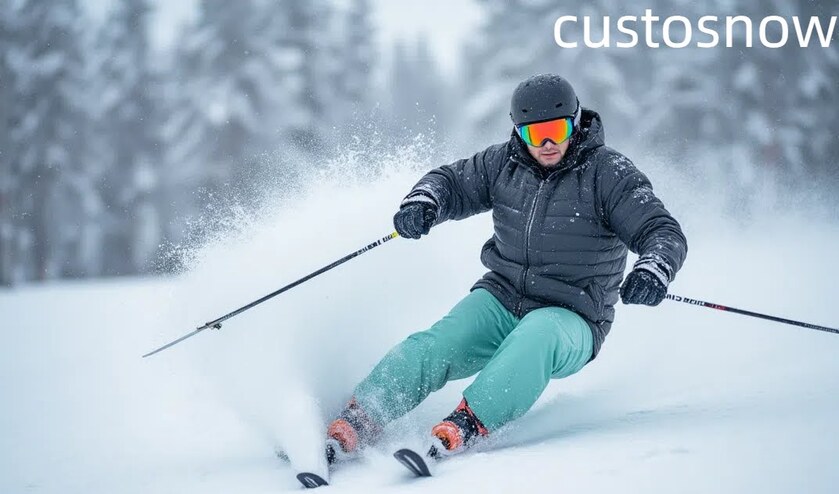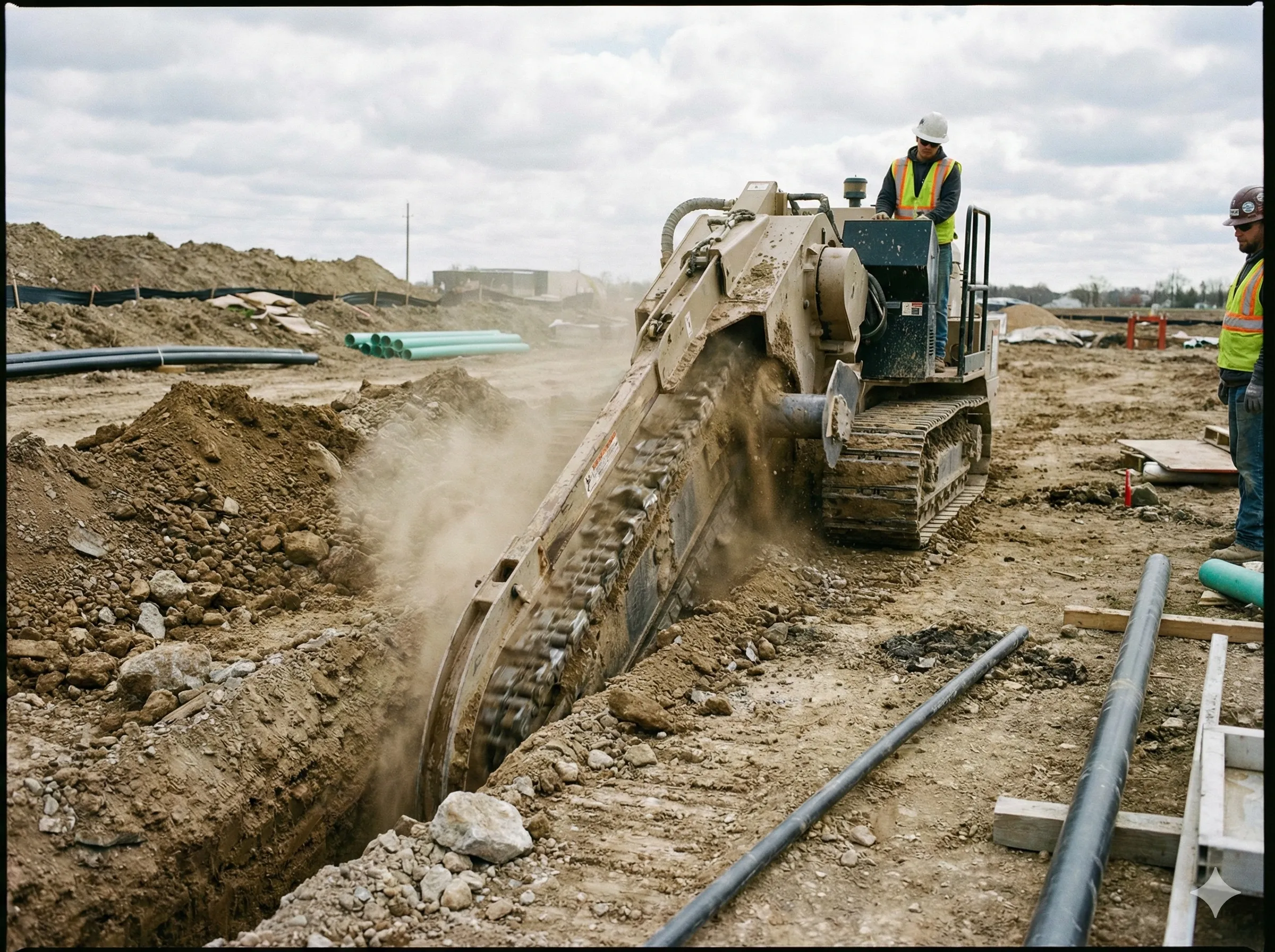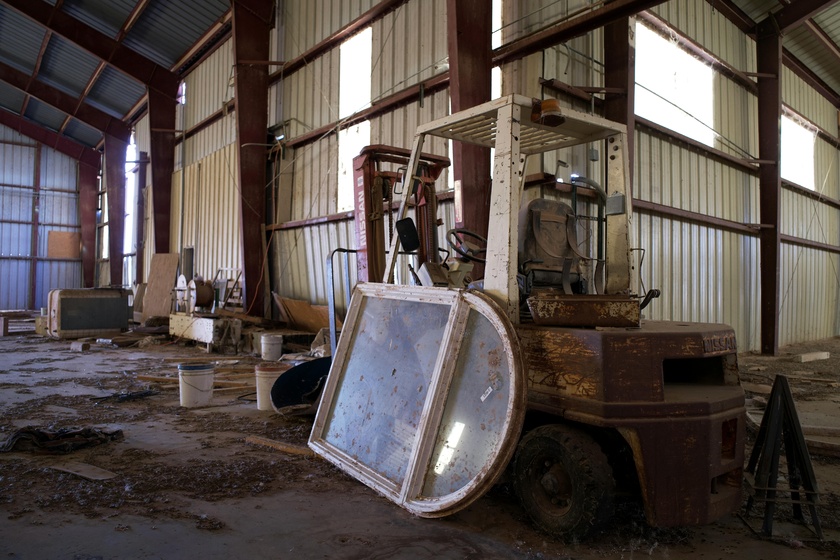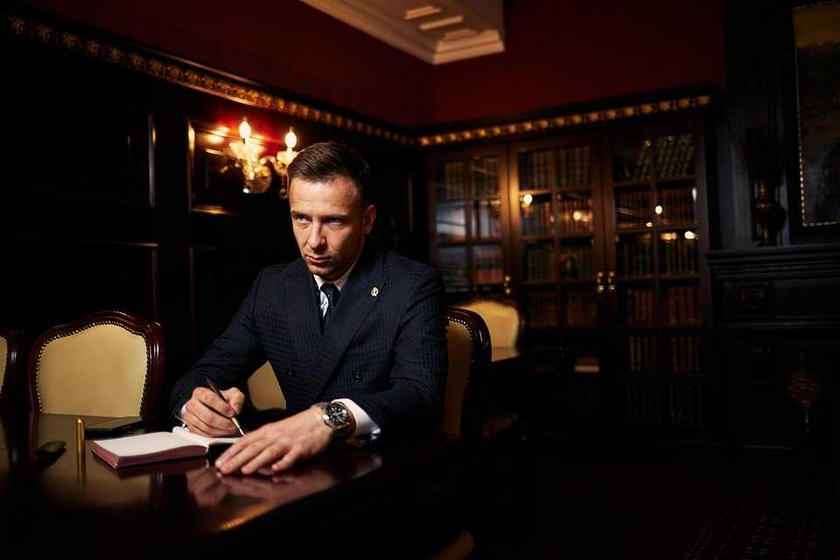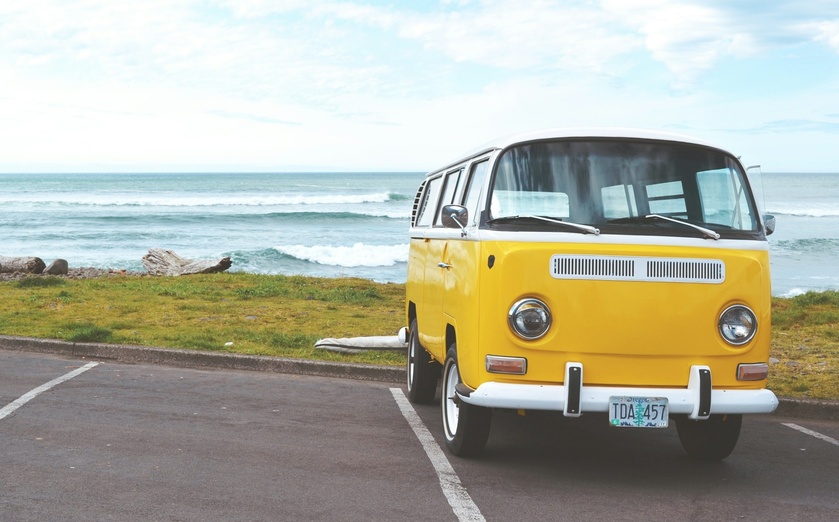Best for: DIY snowboarders & creative riders
Customizing a snowboard is an exciting project that allows you to personalize your gear to fit your unique style and riding preferences. Whether you're a seasoned pro or just starting out, creating a custom snowboard can enhance your performance and make your board stand out on the slopes. Here's a comprehensive guide to help you design your own customizable snowboard.
Understanding the Customization Process
Before diving into the design process, it's essential to understand the components of a snowboard and how they can be customized:
Base: The base of your snowboard affects its glide and durability. You can choose from different materials and structures to suit your riding style.
Core: The core provides the board's flex and sizing. Different materials offer varying levels of stiffness and responsiveness.
Shape: The shape of your snowboard determines its performance in different terrains. For example, a splitboard is ideal for backcountry adventures.
Graphics: Custom graphics allow you to personalize the look of your board. You can work with a graphic designer or use a graphics library to find the perfect design.
How to Choose the Right Base, Core & Shape
Choosing the right components for your custom snowboard involves considering your riding style and preferred terrain:
Base:
For warm, wet snow, a coarser base structure is recommended to reduce suction and improve glide.
For cold, dry snow, a finer structure is better for speed and precision.
Core:
Flex: Stiffer cores are suitable for advanced riders who need stability at high speeds, while softer cores are better for beginners or freestyle riders.
Sizing: Ensure the board's length and width match your height and boot size for optimal performance.
Shape:
All-Mountain Boards: Versatile for various terrains, these boards are great for riders who explore different conditions.
Freestyle Boards: Typically twin-tip, these are perfect for tricks and park riding.
Powder Boards: Directional shapes with a wider nose for floating in deep snow.
Using Online Customization Tools to Design Your Graphics
Designing custom graphics for your snowboard can be a fun and creative process:
Choose a Template: Use online tools or templates provided by brands like Donek or TRIBE Snowboards to visualize your design.
Work with a Graphic Designer: If you need help, collaborate with a professional to bring your ideas to life.
DIY Options: Use software to create your own design or apply vinyl wraps for a quick makeover.
Printing & Applying Custom Graphics on Your Board
Once you have your design, it's time to apply it to your board:
Printing: Use a high-resolution printer or work with a manufacturer that can integrate your design into the board during production.
Applying Vinyl Wraps: For a DIY approach, apply vinyl wraps using a flat object to smooth out air bubbles.
Best DIY Customization Hacks & Modifications
Here are some additional tips for customizing your snowboard:
Paint Job: Use acrylic lacquer and masking tape to create unique patterns or designs on your board.
Bindings: Ensure your bindings are properly aligned and adjusted for optimal performance.
Accessories: Add accessories like stomp pads or edge protectors to enhance functionality.
In conclusion, designing a custom snowboard is a rewarding experience that allows you to tailor your gear to your unique needs and style. By understanding the customization process, choosing the right components, and applying custom graphics, you can create a snowboard that not only performs well but also reflects your personality on the slopes. Whether you're a DIY enthusiast or prefer working with manufacturers, there's a way to make your snowboard truly one-of-a-kind.
